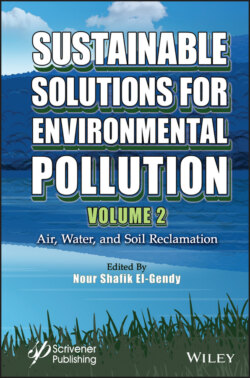Читать книгу Sustainable Solutions for Environmental Pollution, Volume 2 - Группа авторов - Страница 49
1.11 Animal Biodiversity
ОглавлениеIn addition of improving water quality and flood abatement, through appropriate management, CWs, especially large-scale FSF-CWs, can support a variety of wildlife species and thus enhance biodiversity. Also, they provide an opportunity for water and urban managers and other stakeholders to conserve and promote aquatic biodiversity in generally ecologically poor environments. Work of Hsu et al. (2011) suggest that the surface areas of the wetland and its macrophytes covert, as well as water quality play a major role on the biodiversity hosted by a CW. However, these factors are of varying weight according to the various taxonomic groups. Briefly, the richness, abundance, and diversity of birds increase with the CW area. Fish richness and abundance increase with CW area and dissolved oxygen, while diversity decreases with increasing Ptot concentration. Aquatic macroinvertebrate richness and density increase with aquatic macrophyte cover, while diversity increases with CW area. Therefore, a CW, installed to improve water quality and enhance biodiversity, must have a large surface area and significant macrophyte coverage (Hsu et al., 2011). Habitat diversity can be increased with the creation of floating islands (FT-CWs), resulting in an overall increase in edge habitat (Becerra-Jurado et al., 2012).
